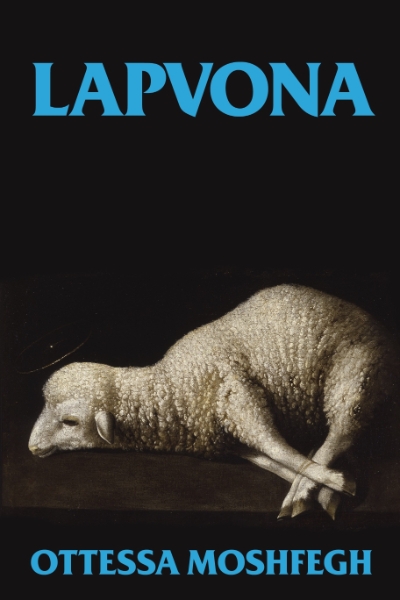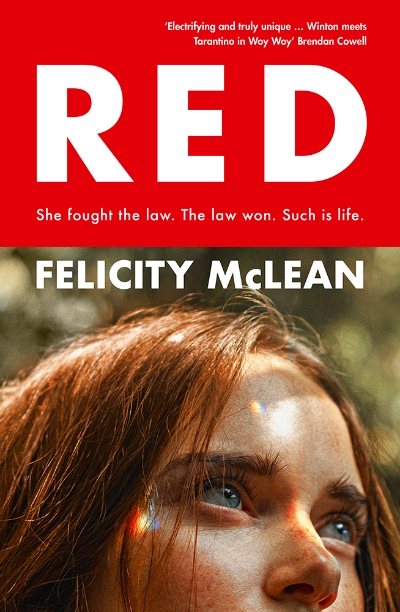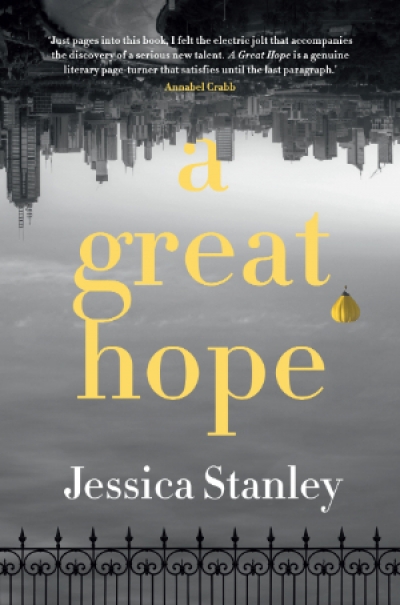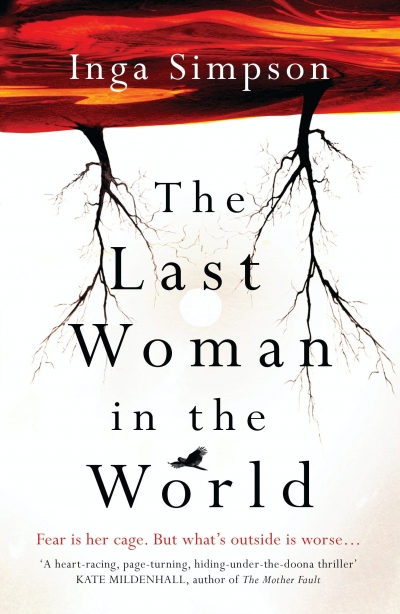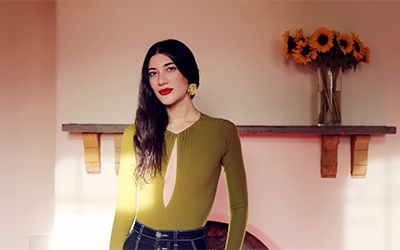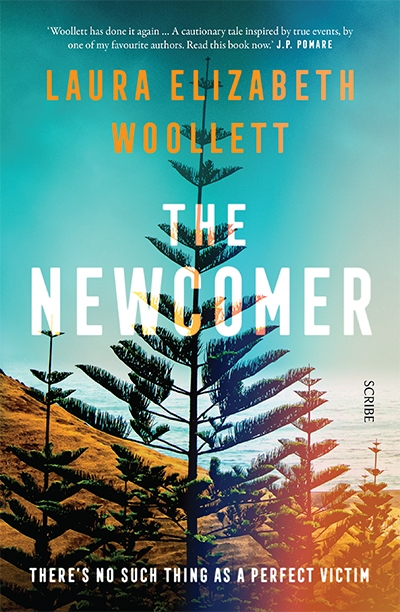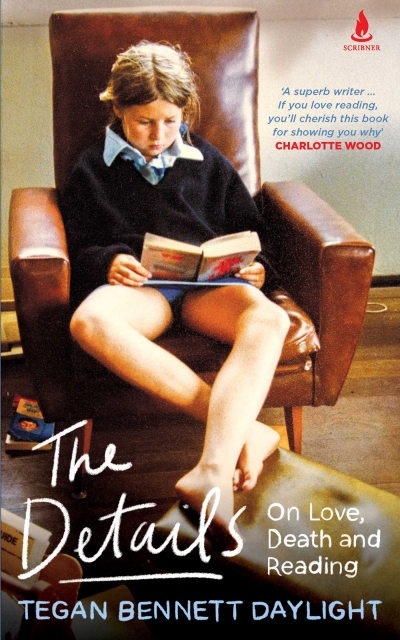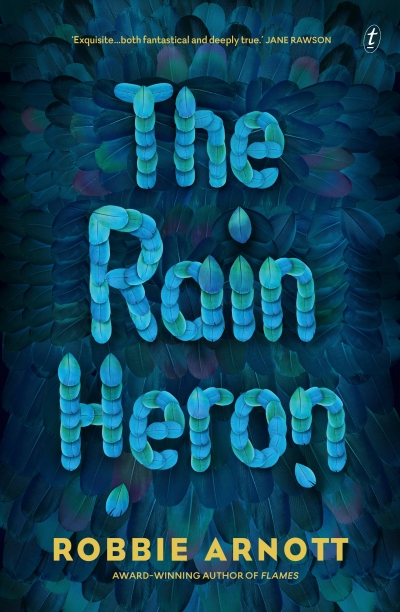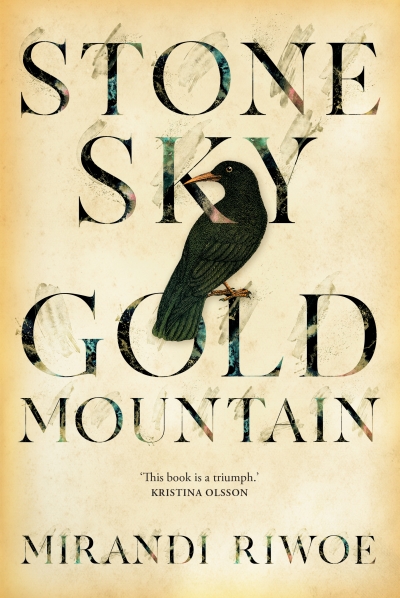Rachel isn’t the last woman in the world, but she might as well be. Cloistered in her bushland home on Yuin country, in New South Wales, Rachel’s days consist of birdsong, simple meals prepared from a pantry stocked with home-made preserves, and glass-blowing in her private studio – a craft that is both her livelihood and her religion. It’s a peaceful yet precarious existence. The land is scarred by bushfires. Rachel’s senses are attuned to the absence of wallabies and small birds. For all her proficiency with sourdough starter, Rachel isn’t self-sufficient. Her older sister, Monique, provides an emotional tether to the world, while townswoman Mia delivers supplies and transports Rachel’s glassworks to a gallery. When Mia fails to show, Rachel rues the lack of a back-up plan. When Hannah, a young mother, raving about a nation-wide outbreak of death, arrives on her doorstep with a sick infant, luddite Rachel must choose between taking Hannah’s word for it or rejecting her.
...
(read more)

